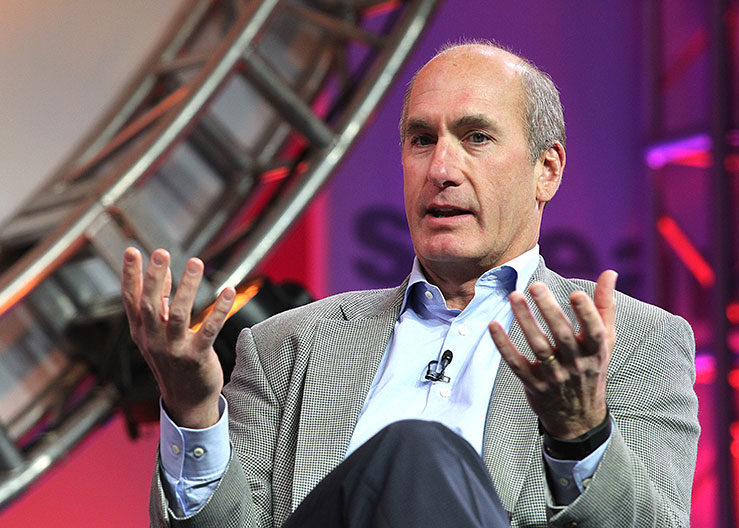Stankey: AT&T Will Invest in TNT, TBS
As it spends billions to launch its new streaming service HBO Max, AT&T plans to continue to invest in its key cable networks, including TNT and TBS.

Speaking on AT&T’s earnings call with analysts Wednesday, AT&T chief operating officer John Stankey said the programming mix on TBS and TNT is likely to shift as consumers look to watch general entertainment content on streaming subscription video-on-demand services.
Stankey said that TNT and TBS were hybrid networks, with sports programming on them as well as general entertainment. That’s helped keep them popular with distributors and pay-TV subscribers who want to see the NBA and the NCAA Men's Basketball Tournament, both carried by Turner Sports.
RELATED:AT&T Loses 1.4 Million Pay TV Subs in Q4
Analysts have been concerned that by focusing on HBO Max, cable network revenues and profits could suffer.
“To keep the networks relevant we will continue to invest in them,” Stankey said. “We’ll continue to make sure that they’re viable for our distributors, but you’ll see a content shift start to occur.”
In addition to news on CNN and sports on TNT and TBS, subscribers “also like content that’s more socially relevant, and so probably you see a little more unscripted content come in, things that cause people to go into the office and talk about it around the water cooler,” Stankey said. “That will probably start to supplant hours that might have been more general-entertainment oriented content that you are going to be showing up on SVOD platforms like HBO Max moving forward.”
Multichannel Newsletter
The smarter way to stay on top of the multichannel video marketplace. Sign up below.
With scripted content on HBO Max and more nonscripted on TNT and TBS, AT&T’s studios will have the ability to monetize the content they produce with through distributors in the traditional fashion or through direct-to-consumer businesses, he said.
But while the Turner cable networks still generate a lot of revenue and profit, that business is declining. That fact led to AT&T’s decision to jump into streaming with HBO Max.
“Everybody knows [pay TV] is in transition and it’s a mature product. It’s kind of working its way through the back end of its life cycle,” Stankey said. Within the pay-TV business, Turner is in good shape because most of its profits are generated by just three networks and aren’t overly expensive, which is good at a time when consumers and distributors are trying to shrink their bundles.
In recent negotiations, Stankey said, cable operators share that view. “Distributors see that and understand that those are important networks and we’re continuing to see the people place value on those things even in a more skinnied down or smaller pay TV universe going forward.
“Now let’s be clear: the reason we’re doing Max is we know that new distribution platforms need to be other there,” he said. “And that pivot between what we’re doing with linear networks and what we’re doing with Max is a key part of the WarnerMedia strategy. It’s an important dance and choreography we have to do to get that right, and we feel we’re positioned very well to make that happen.”
Jon has been business editor of Broadcasting+Cable since 2010. He focuses on revenue-generating activities, including advertising and distribution, as well as executive intrigue and merger and acquisition activity. Just about any story is fair game, if a dollar sign can make its way into the article. Before B+C, Jon covered the industry for TVWeek, Cable World, Electronic Media, Advertising Age and The New York Post. A native New Yorker, Jon is hiding in plain sight in the suburbs of Chicago.

